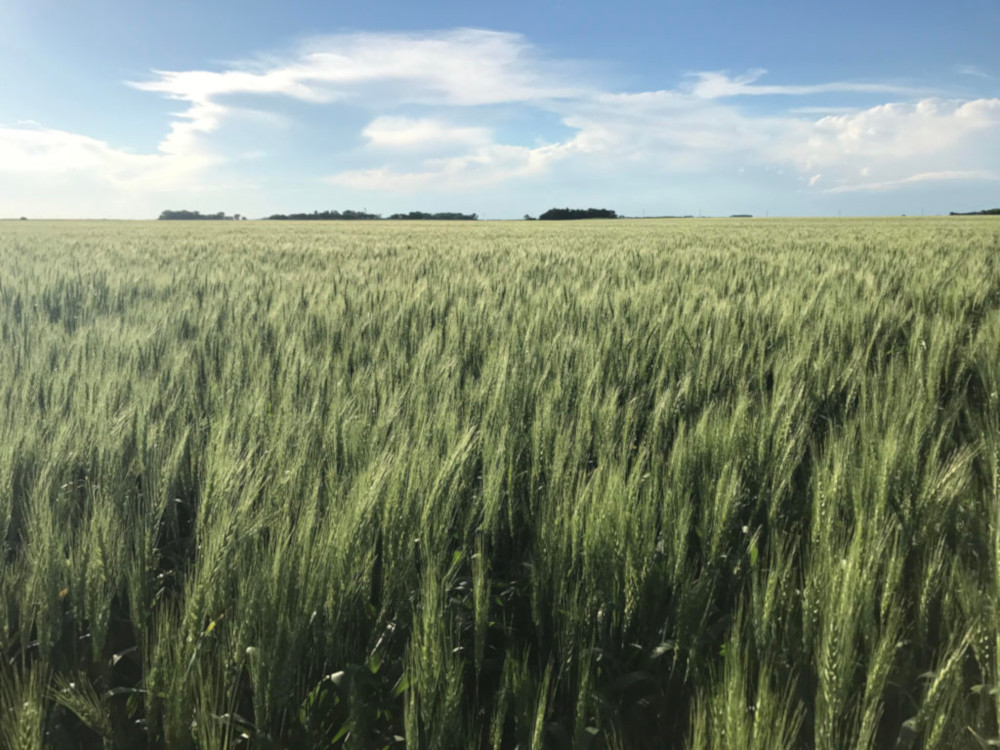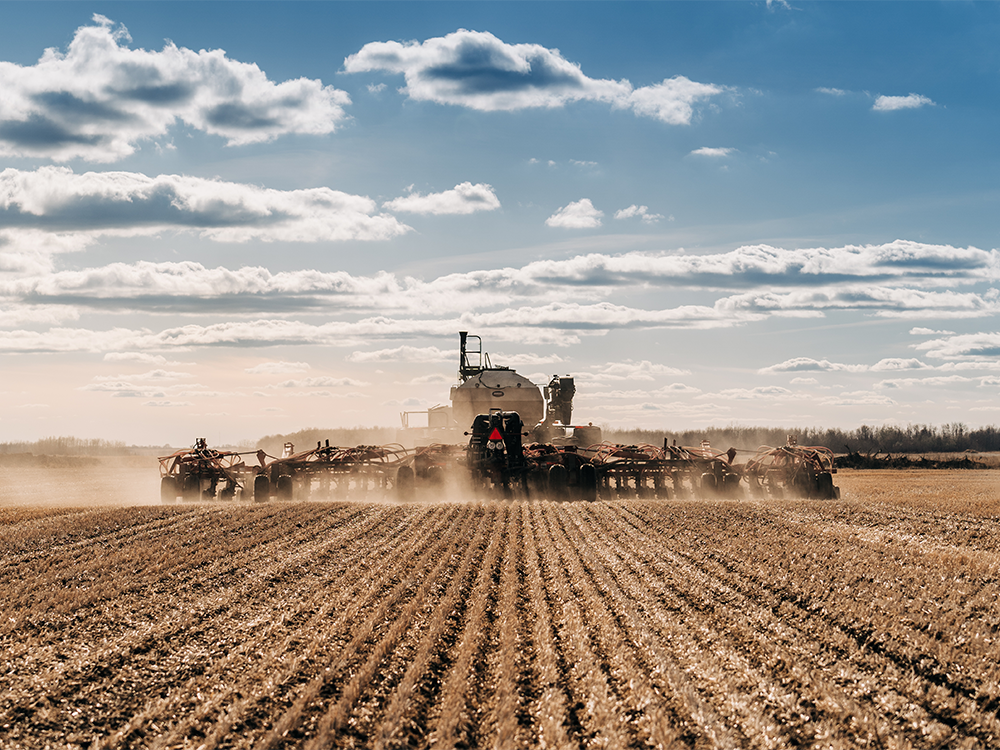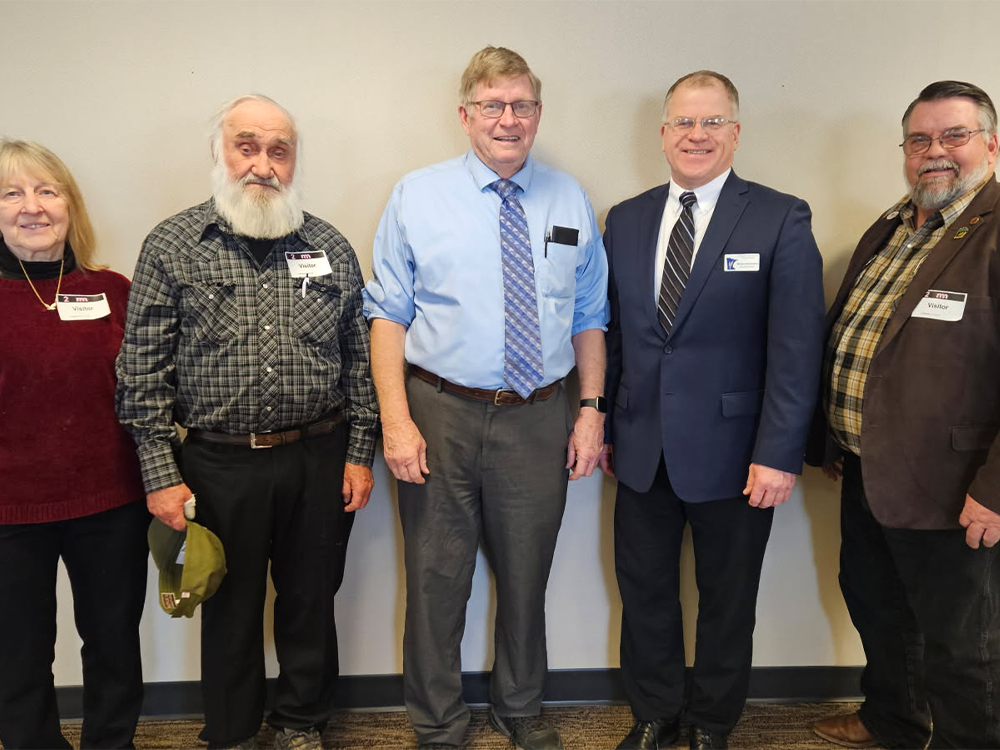I was the little girl who swore that she’d never work in agriculture.
Eleven-year-old Sydney tended to develop an attitude when she had to bail on hanging out with her friends because the wheat was ready to be combined. But then she grew up. Now that little girl not only works in agriculture – including a role as a staff writer in this very magazine – but is a participant in the Ag Leadership Network (ALN).
Sponsored by Minnesota Farm Bureau Federation (MFBF), Minnesota Association of Wheat Growers (MAWG) and Minnesota Wheat Research & Promotion Council (Director Peter Hvidsten is an ALN participant), ALN aims to provide training to increase leadership and advocacy skills at the state and national level, with a focus on northwest Minnesota and the Red River Valley region. In early February, ALN held its second meeting in conjunction with MFBF’s Leadership, Education, Advocacy and Promotion (LEAP) Conference in Fargo, N.D.
“The Ag Leadership Network is a great program of Minnesota Association of Wheat Growers that helps cultivate future leaders within the ag industry,” said Coreen Berdahl, Minnesota Wheat interim executive director. “The individuals in the program will gain experience and it is our hope that they will join leadership on commodity boards, township boards and the like.”
After hearing from Emma Wielinski, MFBF communications specialist, and Pierce Bennet, MFBF director of public policy, the ALN group spent the afternoon touring local ag facilities. First, we ventured to the Anheuser-Busch Barley Moorhead Malt Plant. I’ve spent my whole life driving by the plant, but the closest I’ve ever gotten is the Menard’s parking lot next door. Little did I know that the Moorhead malt plant processes around 8 million bushels of barley a year, which is used to make about 2 billion bottles of beer; the company produces a total of 11 billion bottles yearly. During the tour, we saw two out of the three steps in the malting process: steeping and germination. Unsurprisingly, no one objected to skipping a visit to the third step, kilning, when we heard that it’s 180 degrees inside.
“The Moorhead Malt Plant was originally developed in 1977 and had its first production in 1978,” said Paul Bolin, director of Midwest malt operations. “In 1989, we doubled the size of our elevator; however, at the same time, barley kept moving farther and farther west. So, we had a big effort to bring two-row barley back to the Midwest and now we’re 100% two-row.”
Next, we toured the American Crystal Sugar Moorhead Factory. Though I grew up on a farm that not only raised sugar beets but was only 13 miles from the Moorhead factory, the process of turning beets into the sugar I use to make chocolate chip cookies has always been a bit of an enigma. And for some of my fellow ALN participants who didn’t grow up in the sugar beet industry, it was a whole new ball game.
“Touring the American Crystal Sugar plant was a great learning experience that showed the many processes it takes to make the sugar we use every day,” said Kelly VonWahlde, an agronomic solutions advisor with BASF and fellow ALN participant. “It truly takes a lot of hard work and planning from the second the sugar beet seed goes into the ground to when the bag of sugar hits the grocery store shelves.”
After wrapping up our tours, we joined LEAP Conference. The conference was an opportunity for attendees to take a deep dive into agriculture issues during breakout sessions and participate in leadership and professional development experiences. Because ALN has a focus on networking with influential ag figures in the region, LEAP was the perfect place for us to mingle with our peers. And, as someone who is just beginning her career, opportunities to learn from those around me are never taken for granted.
Life has a funny way of working itself out. By the end of high school, I was daydreaming about spending all day in the combine, and by college there was no going back: My future was in agriculture. Through ALN, I – along with my fellow participants – have been given the chance to grow both professionally and personally in the world of agriculture. And don’t worry, my parents make sure they build character and tease me about their daughter who was going to move to the big city but now spends her days immersed in ag. I wouldn’t have it any other way.





